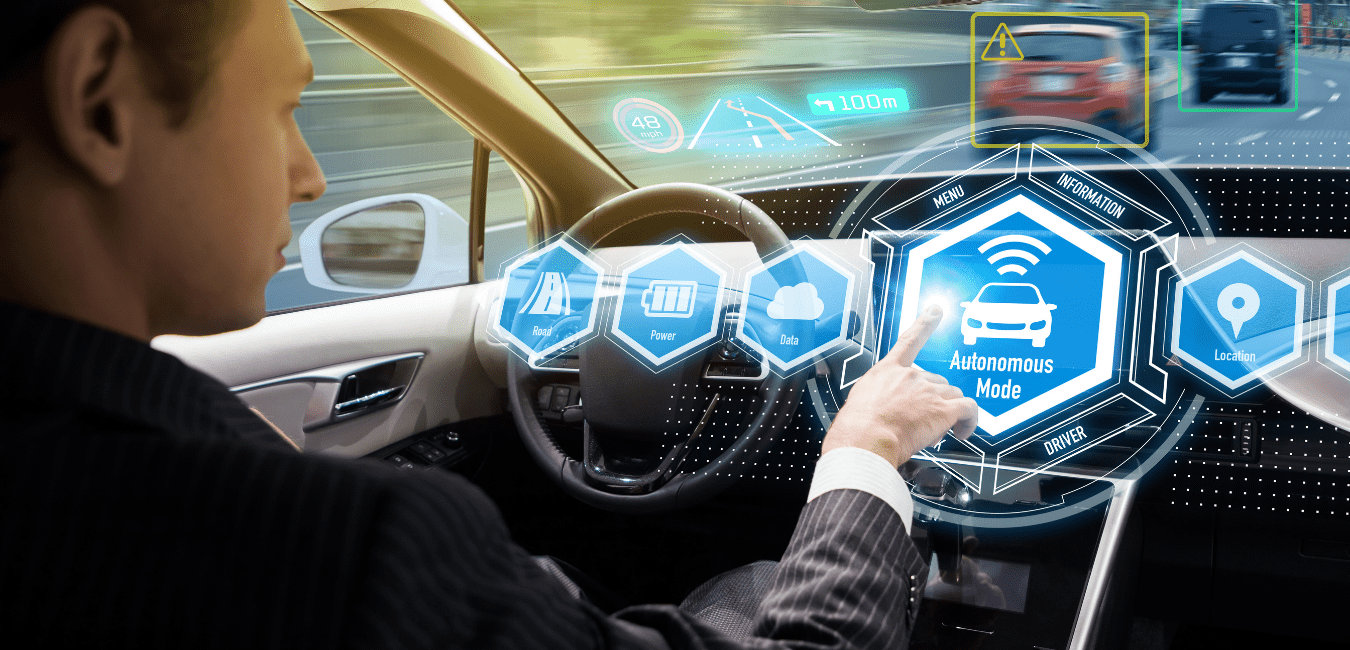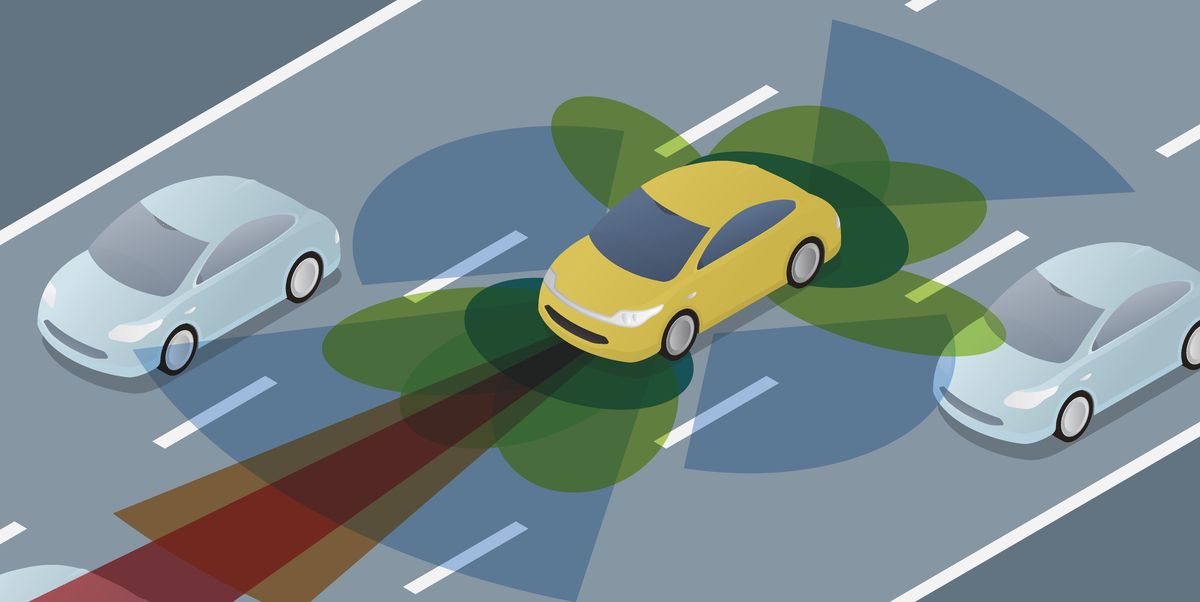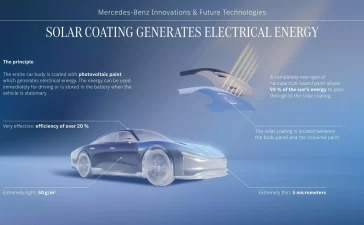Sid Krishnamurthi
Numerous advantages that autonomous vehicles bring to society include fewer accidents, less traffic, and more accessible transportation. One thing that frequently goes unnoticed is how self-driving technology can have a favorable impact on the labor market.From a labor perspective, the long-haul trucking business is currently under transition. According to MarketWatch, there was a 40% shortage of drivers in 2021. Measures to entice more people to the truck driving profession did not have a significant positive impact on addressing the driver shortage (which was 78000 in 2022). The inefficiencies in the transportation of goods have led to increased prices while rising demand on same-day delivery has further exacerbated the need for even more drivers. Autonomous driving offers a remedy to this problem. The demand for human drivers will be eliminated or decreased if self-driving trucks can safely navigate on their own, which would reduce time to delivery and lower operational costs.

Driving autonomy in ride-hailing lowers the cost of transportation. Leading companies in this sector continually face uneven distribution of available drivers in certain areas, resulting in a lack of profitability (link) as well documented in their reports. Autonomous cars in ride-sharing fleets will help enable these businesses to achieve profitability while providing better service to customers. As a result, these businesses will be long-term viable, enabling cost-efficient access to a large consumer base.
Full autonomy must become a reality for these advantages to materialize. Although we have achieved partial autonomy, we still have a way to go to realize the full potential of self-driving. Companies are making an attempt to solve this issue with traditional and general-purpose technologies, like CPUs, GPUs, and processors that are designed for non-automotive applications. However, solutions that are not purpose-built face a multitude of issues including flexible computing capacity, processing latencies, and high power consumption. Autonomous vehicles need to incorporate a plethora of environmental sensory functions, have the ability to process data ranging from moderate to high resolution in real-time, and have a very low power consumption footprint to enhance driving range.
About The AuthorSid Krishnamurthi, Senior Manager @ Recogni












